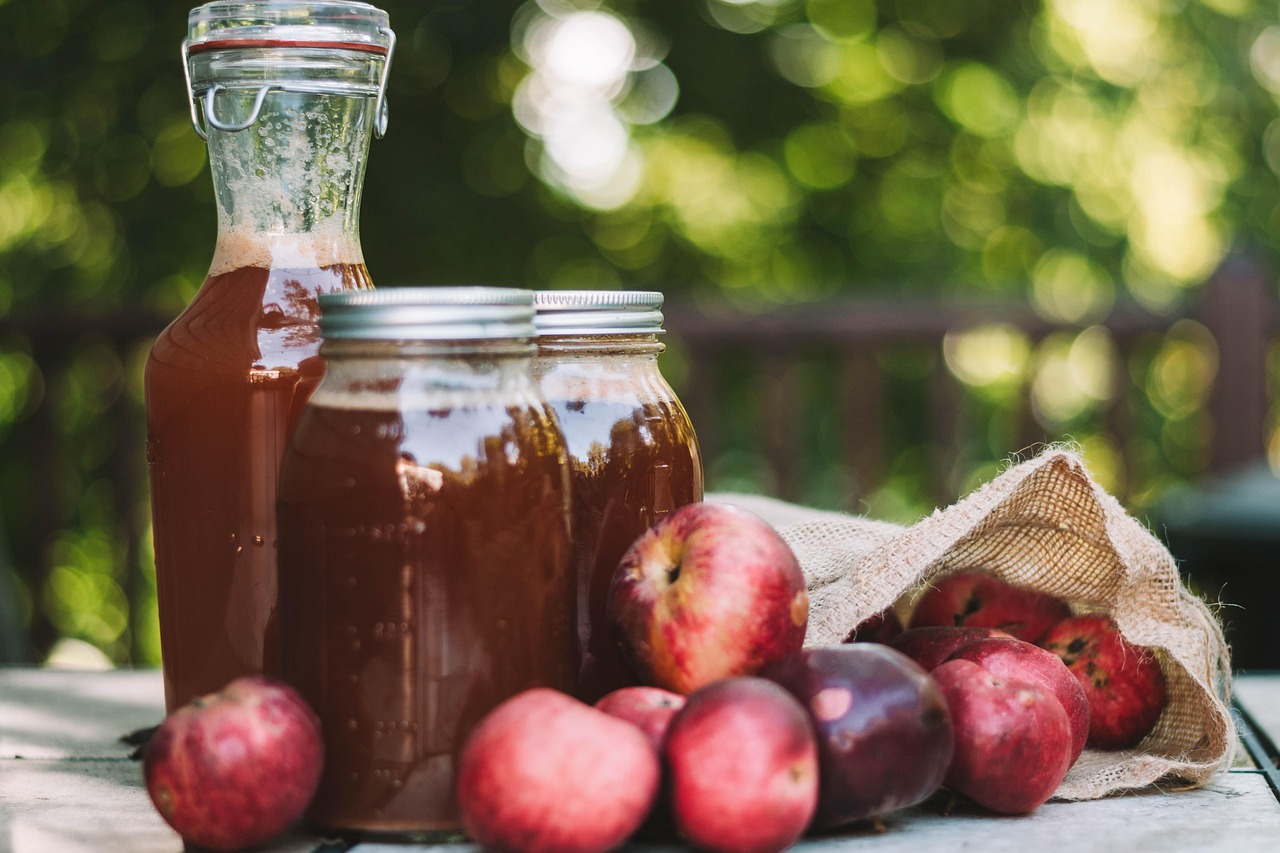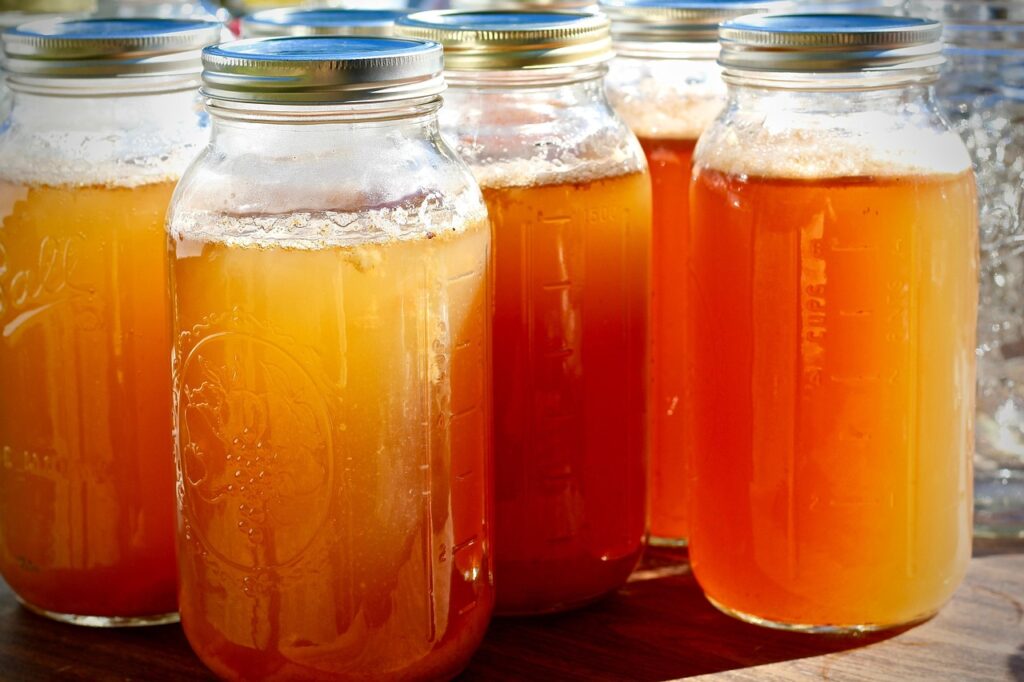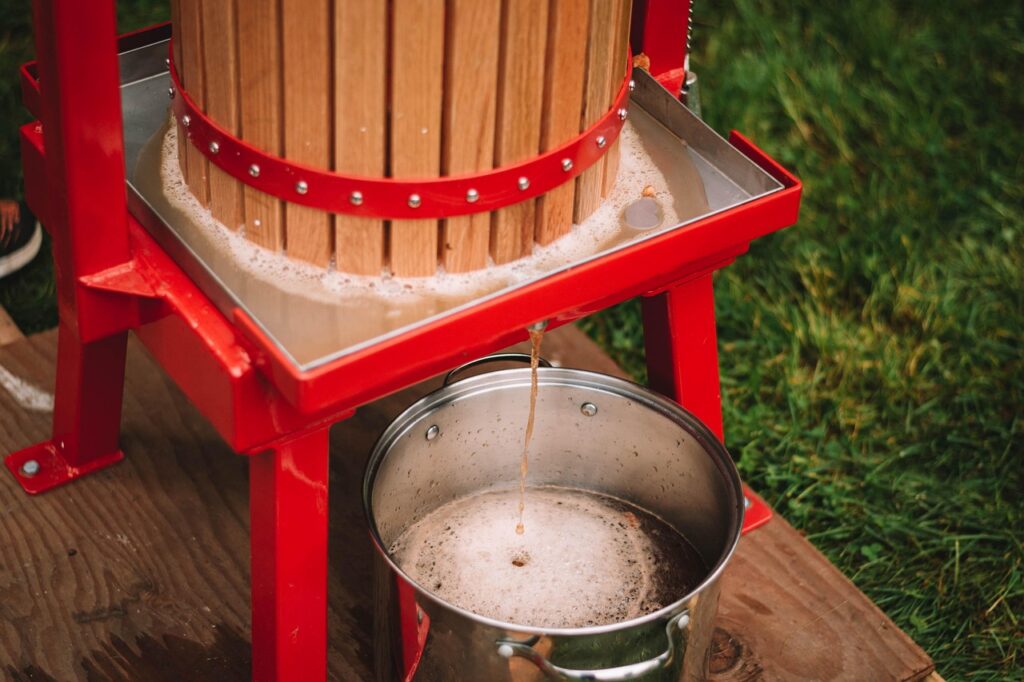- MISC
Spotting the Worst College Essays


Homemade apple cider is a delightful beverage that captures the essence of autumn in every sip. Whether you’re a novice in the kitchen or an experienced home cook, crafting your own apple cider can be a rewarding experience that fills your home with the rich aroma of apples and spices. This guide will take you through essential techniques, from selecting the perfect apples to mastering advanced methods using modern kitchen tools. You’ll discover how to enhance your cider with spices, troubleshoot common issues, and explore creative variations to suit your taste. Let’s embark on this flavorful journey to create a homemade apple cider that’s both delicious and satisfying.

Creating homemade apple cider involves a few basic techniques that form the foundation of this beloved beverage. The process starts with selecting the right apples, as the choice of fruit significantly impacts the flavor and quality of your cider. Once you’ve gathered your apples, the next step is to prepare them by washing, cutting, and mashing them to extract their juice. This juice is then simmered with spices to enhance its flavor, resulting in a warm, aromatic drink that’s perfect for any occasion.
The key to a perfect homemade apple cider lies in selecting the right apples. Different varieties offer distinct flavors and levels of sweetness, which can dramatically affect the final product. For beginners, a mix of sweet and tart apples is recommended to achieve a balanced taste. Varieties like Fuji, Honeycrisp, and Gala provide sweetness, while Granny Smith and McIntosh contribute a tart and tangy profile. Consider visiting a local orchard to find fresh, high-quality apples that will elevate your cider-making experience.
For those looking to streamline the cider-making process, using an Instant Pot can be a game-changer. This modern kitchen appliance allows you to craft homemade apple cider with ease and precision. Begin by placing your chopped apples, spices, and water into the Instant Pot. Use the pressure cooking function to quickly extract the flavors and juices, reducing the traditional simmering time significantly. This advanced technique not only saves time but also intensifies the flavors, producing a rich and aromatic cider that will impress your family and friends.

For those who prefer a more traditional approach, a slow cooker offers a simple and effective way to make homemade apple cider. This method is perfect for beginners, as it requires minimal effort and allows the flavors to develop slowly over several hours. Start by adding your chosen apples, spices like cinnamon sticks and whole cloves, and a bit of water to the slow cooker. Set it on low heat and let the mixture simmer for 6-8 hours. The result is a comforting and flavorful cider that is sure to become a household favorite.
Spices play a crucial role in transforming apple juice into a delicious cider. Cinnamon sticks and whole cloves are classic additions that enhance the natural sweetness of the apples while adding depth and warmth to the flavor profile. To incorporate these spices, add them directly to the pot with the apples and allow them to simmer together. For a more pronounced spice flavor, consider adding nutmeg or allspice. Experiment with different spice combinations to discover your personal favorite blend.
A fine mesh strainer is an indispensable tool in the cider-making process. Once your cider has simmered and absorbed all the flavors, it’s crucial to strain out the solids to achieve a smooth and clear beverage. Using a fine mesh strainer ensures that you remove all apple pulp and spice remnants, resulting in a refined texture. For an even clearer cider, consider using a cheesecloth in addition to the strainer. This step is essential for producing a professional-quality cider that is both visually appealing and delightful to drink.
Sweetening your homemade cider is a matter of personal preference and can be achieved using a variety of sweeteners. Brown sugar is a popular choice, as it adds a rich, caramel-like flavor that complements the apples and spices. Alternatively, you can use white sugar, honey, or maple syrup for different flavor profiles. When adding sweeteners, start with a small amount and adjust to taste, as the natural sweetness of the apples may already be sufficient.
Even with the best intentions, homemade apple cider can sometimes encounter issues. If your cider tastes too tart, consider adding more sweetener or blending in a sweeter apple variety. If the cider is too thick, dilute it with a bit of water or apple juice. Should your cider lack flavor, ensure that you’re using fresh spices and consider increasing the quantity for a more robust taste. By addressing these common issues, you can refine your cider-making skills and consistently produce a high-quality beverage.
Once you’ve mastered the basics, experimenting with creative variations can take your homemade cider to the next level. Consider adding citrus peels for a zesty twist or infusing your cider with ginger for a spicy kick. For a festive touch, try incorporating cranberries or pomegranates. You can also explore alcoholic versions by fermenting the cider or adding a splash of bourbon or rum. These creative variations not only enhance the flavor but also offer new and exciting ways to enjoy your homemade cider.
Proper storage and preservation are key to enjoying your homemade apple cider long after it’s made. Once your cider has cooled, transfer it to airtight containers and refrigerate it for up to two weeks. For longer storage, consider freezing the cider in ice cube trays or freezer-safe bags. This allows you to enjoy a taste of autumn any time of the year. If you prefer a shelf-stable option, pasteurize the cider by heating it to 160°F and then canning it using a water bath method.
Serving your homemade apple cider with complementary treats can elevate your culinary experience. Pair your cider with classic autumn desserts like apple pie or pumpkin bread for a harmonious flavor combination. For a savory option, consider serving it alongside a cheese platter featuring sharp cheddar or brie. Hosting a gathering? Offer your guests a cider tasting with various spiced and flavored options, accompanied by a selection of seasonal snacks. These serving suggestions will ensure that your homemade cider is the star of any occasion.

While cider and apple juice may seem similar, they have distinct differences that set them apart. Apple juice is typically filtered to remove solids and pasteurized for a clear, sweet beverage. In contrast, apple cider retains more of the apple’s natural pulp and is often unfiltered, resulting in a richer, more robust flavor. Understanding these differences can help you appreciate the unique qualities of homemade apple cider and guide you in crafting a beverage that aligns with your taste preferences.
Hosting a cider tasting can be a fun and engaging way to showcase your homemade creations. Start by selecting a variety of cider styles, including traditional, spiced, and fruit-infused options. Provide guests with tasting notes and encourage them to explore the nuances of each cider. Pair the tasting with complementary snacks and encourage discussions about the flavors and aromas. By creating an inviting atmosphere and offering a diverse selection, you can ensure a memorable and enjoyable cider tasting experience for everyone involved.